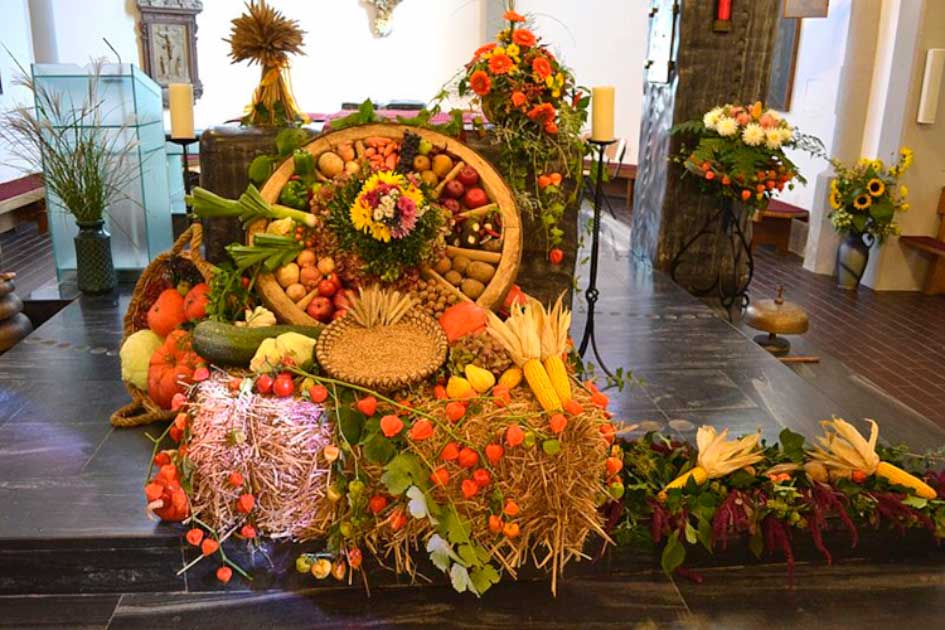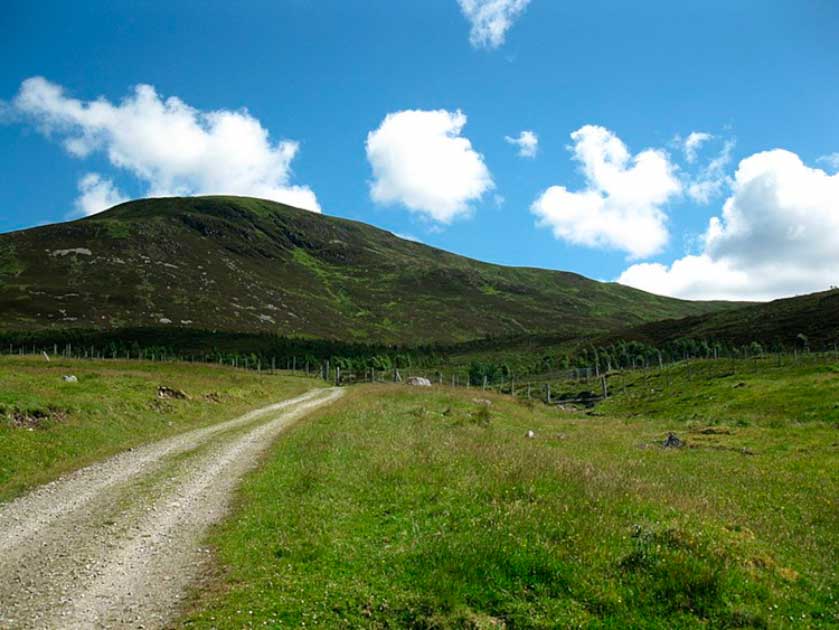The Vikings had Odin, the Egyptians had Amun-Ra. The concept of a central god, a creator figure, exists in almost all pantheons, perhaps an attempt to rationalize the creator paradox and then conveniently look no further.
But just like them, Celtic Scotland also had a powerful god. A God who brought winters to the region and played a great role in controlling the weather. She is known as Beira, Scotland’s mythical mother and the queen of winter.
As per the stories, she formed Scotland’s beautiful landscapes and controlled the region or world’s weather. Well, she also went into some strange and interesting situations. You will get to know more about the creator of Scotland, Beira, here and explore her interesting stories.
Beira and the Celts
As per Scottish folklore, the mythical mother of Scotland, Beira, is the goddess of winter. As per some ancient stories, she is also called Cailleach. In English, the word means Veiled One. Apart from the mythology of Scotland, Beira can also be seen mentioned in Ireland’s mythology. In fact, this powerful wintry figure can be found in many ancient groups’ beliefs.
In the book Wonder Tales from Scottish Myths and Legend, published by Donald Alexander Mackenzie in the year 1917, Beira was not just a queen of winter; she was the mother of all goddesses and gods in Scotland. As per a source, due to her one eye, she can see into the oneness of all, and she can see beyond the duality.
Another tale says she used to carry a magic staff with magical powers, and with each tap, the staff could freeze the ground. At the end of every winter, she used to throw the staff under holly, creating sacred trees.
Then, she would transform into gray stones, indicating the end of the winter season. Sometimes, Beira was often heard singing songs to herself.
Creator of the Weather
People of Scotland believe that she is the creator of the weather: this made her extremely important, after all any Scot will tell you that weather is a Big Deal. As per the story, every spring, she drank water from the well of youth and transformed into a beautiful queen.
Her beauty at this time made all the gods happy. They cheered and danced and made flowers and crops grow gleefully. All was bounteous as the gods celebrated their harvest.

But when autumn arrived, she transformed, and her hair became darker, and Beira’s eyebrows turned wooden. That made her angry, and in frustration, she would throw hailstones and ice blasts until winter’s arrival. When access to well water had completely vanished, she became an ugly old lady.
It is said that she used her strength to shape the mountains and created mountain peaks for some reason. The first reason was to offer stepping stones as she used to travel around the country. And she also created the peaks as prisons for her unruly sons.
She had gigantic sons, and they were so strong and powerful that they could lift whole cattle, carry them away and roast cattle for dinner. Each of them was called a Footer.
Some stories say she made the mountains using her hammer. She carved every mountain with unique shapes so it would be easier for her to know where Beira had been before and located the well of youth. All the birds and beasts used to follow her through those lands during her journey.
The Sacred Places of Scotland
If you are visiting Scotland, you will find a lot of locations associated with the queen of winter. Here are a few locations and related stories that you may like to know.
As per the legends, she, while roaming around Loch Awe, drank water from a well. They also said one night, she forgot to cover the well after drinking water, and at night all the water from the well flooded the entire valley, which led to the creation of Loch Awe. The flood took many lives, and that made her feel guilty, and she then turned herself into a stone.
Well, this is a famous location, but talking about a crucial Beira location is Corryvreckan, a whirlpool located near Jura Island. Corryvreckan is reckoned by some to be the third biggest whirlpool in the world.
Legends say when the autumn turns into winter, every year, she washes her plaid dress in Corryvreckan. But due to forceful wash, Beira’s plaid dress turns white, forming a blanket of snow that covers the entire country.
Can you guess where Beira’s throne was? Well, it is at the top of the UK’s tallest mountain, Ben Nevis, the obvious location for her mountain throne. Besides, the two mountains located on the Isle of Skye were named “Beinn na Caillich” after her.
So, these are some of the few locations that are associated with Beira. Well, some people say all the parts of Scotland have been visited and touched by Queen Beira.
But if you want to know more about the Queen of Winter, then you may not find enough information as the Celtic Scots never wrote down any stories, as legends say they were very busy trying to survive her wintery wrath.
Beira’s task and the Origin of Ben Wyvis
One of the most challenging tasks she had was the creation of Ben Wyvis. As per the traditional stories, she had lent her servants to some other places, and as Beira didn’t want to create any obstacle in progress, she preferred to work alone. One day, she stumbled, and all the things stored in her basket fell on the ground, creating Little Wyvis.

The story and myth of Beira explain how the Scottish people told the creation of the landscape they lived in and the magical forces that formed it. Besides, the story offers a simple explanation of how seasons change in Scotland in a way that is simple to understand.
Well, some people still say that whenever they see white snow on the mountains, they know they are under the protection of Beira, Queen of Winter and Mythical Mother of Scotland.
Top Image: Beira is the mother goddess of Scotland’s harsh winters, but she can be generous too. Source: Анастасия Смирнова / Adobe Stock.
By Bipin Dimri